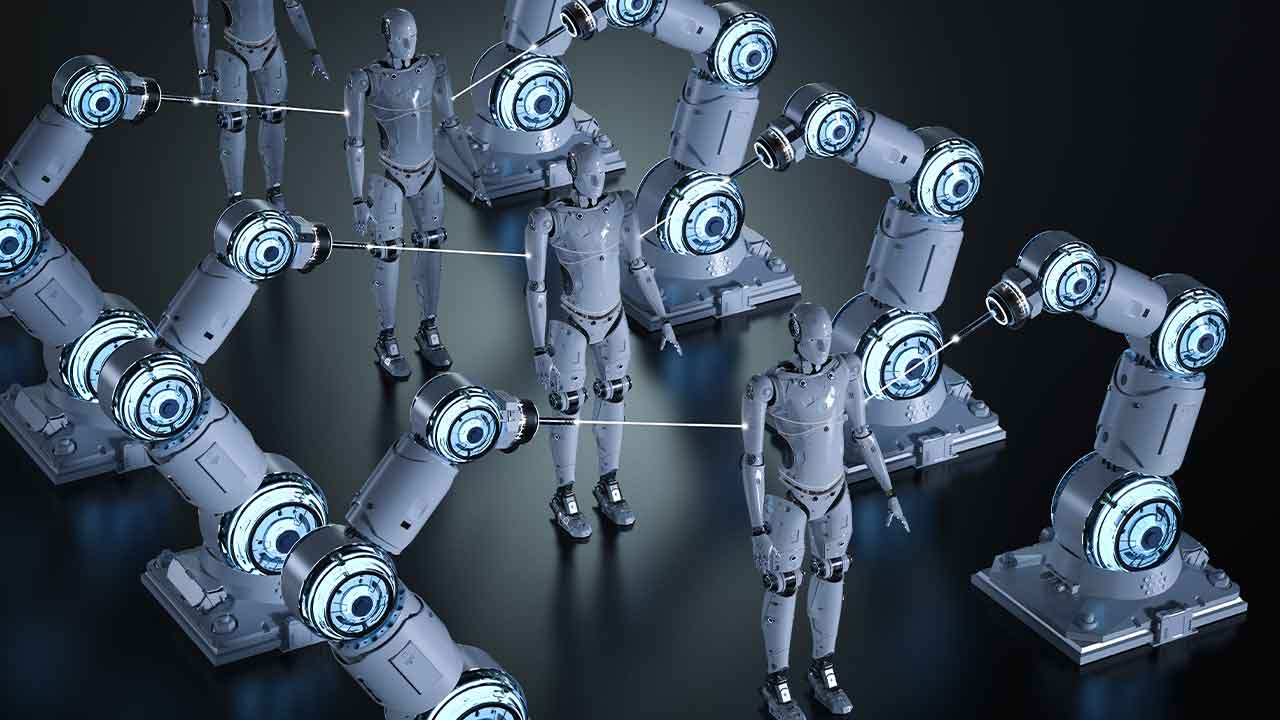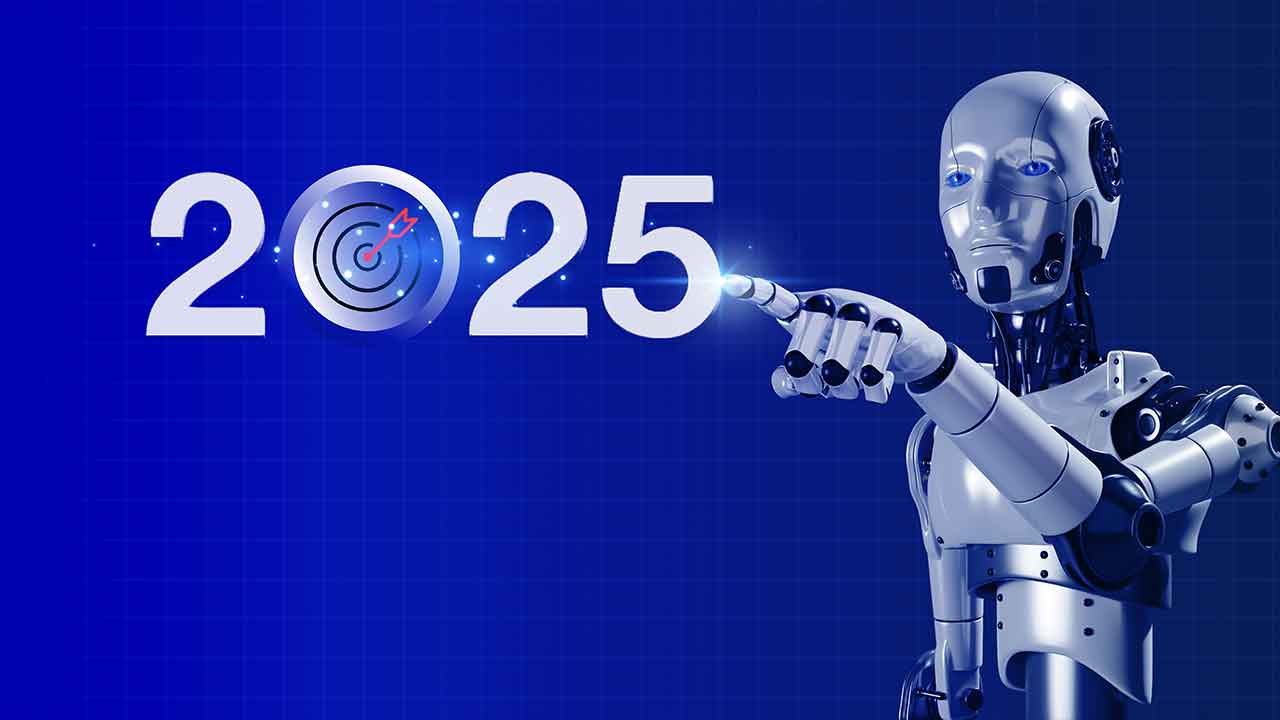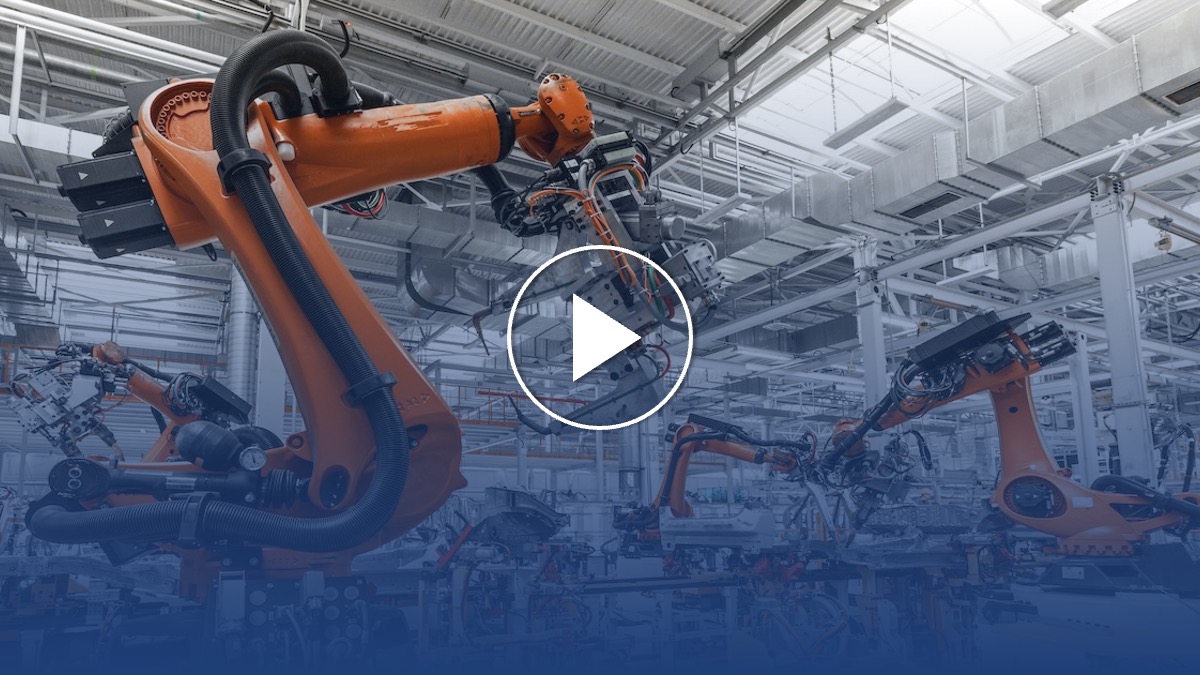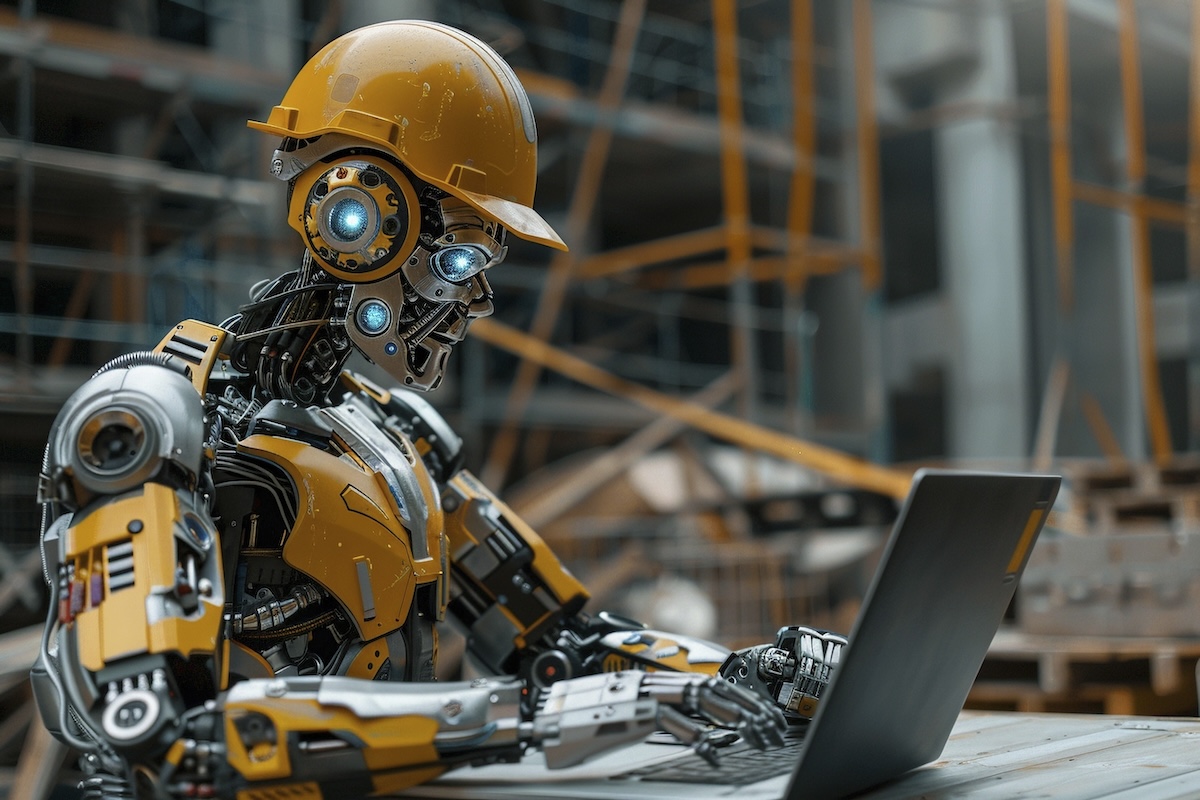The Dawn of Physical AI: A New Era in Robotics
The world of robotics is about to experience a revolution—and it’s not just any revolution. Think back to the breakthrough moment of ChatGPT in language processing. Now imagine that same kind of moment happening in robotics. That’s what we’re seeing with the rise of Physical AI, as highlighted by Jensen Huang’s keynote at CES 2025. It’s being called the “ChatGPT moment” for robotics, and it marks the point where AI, combined with advanced robotics, takes a giant leap forward. So, what’s all the buzz about? Well, we’re entering a world where AI isn’t just thinking in the abstract, it’s interacting with the physical world. Just as ChatGPT can process vast amounts of cognitive data to generate responses, Physical AI is learning to understand the physical world by processing sensory data and making predictions about how to interact with it. It’s like giving robots the ability to think like humans but with the added complexity of moving, touching, and responding to the world around them.
The Rise of Physical AI
At the heart of this leap is NVIDIA’s Omniverse. This platform allows developers to create hyper-realistic simulations of the physical world, which can then be used to train AI models. The beauty of this? It lets us gather renewable data without having to rely on the impracticalities of real-world data collection. By simulating real-world scenarios, NVIDIA is not only speeding up the development of Physical AI, but they’re also opening up access to this technology for others to build on. Take their Cosmos initiative, for example—this is where collaboration and open resources help accelerate the pace of innovation. It’s like creating a virtual sandbox where AI can learn, grow, and get smarter, faster. And trust me, this is just the beginning.
The Impact of Physical AI
As we step into this new era, the possibilities of Physical AI are pretty mind-blowing. Imagine autonomous vehicles seamlessly navigating our cities or humanoid robots moving through environments built for humans, performing tasks we never thought possible. These robots won’t just be tools; they’ll be intelligent agents, learning and adapting as they interact with the world. We’re talking about robots in every corner of our lives—whether it’s autonomous vehicles transforming transportation or robots stepping into personal assistance roles. These intelligent machines will be categorized into three main areas: knowledge robots, autonomous vehicles, and humanoid robots. And as technology accelerates, we’ll see them everywhere, redefining entire industries.
The Road Ahead
Looking ahead to 2025 and beyond, Physical AI is set to change everything. We’re on the verge of a future where robots do more than just carry out tasks—they’ll understand them. They’ll be able to adapt to complex environments, interact with humans, and make decisions in real-time. And the companies leading the charge, like NVIDIA, are already making huge strides in this direction. This isn’t just about having smarter robots—it’s about integrating AI with the physical world, creating a seamless connection that will unlock new possibilities. From healthcare to transportation to home assistance, the potential applications are endless.
We’re just getting started, folks. The future of robotics is here, and it’s powered by Physical AI.
This interview with Rev Lebaredian, Vice President, Omniverse & Simulation Technology at NVIDIA, was recorded by Kevin O’Donovan, a member of IIoT World’s Board of Advisors.



